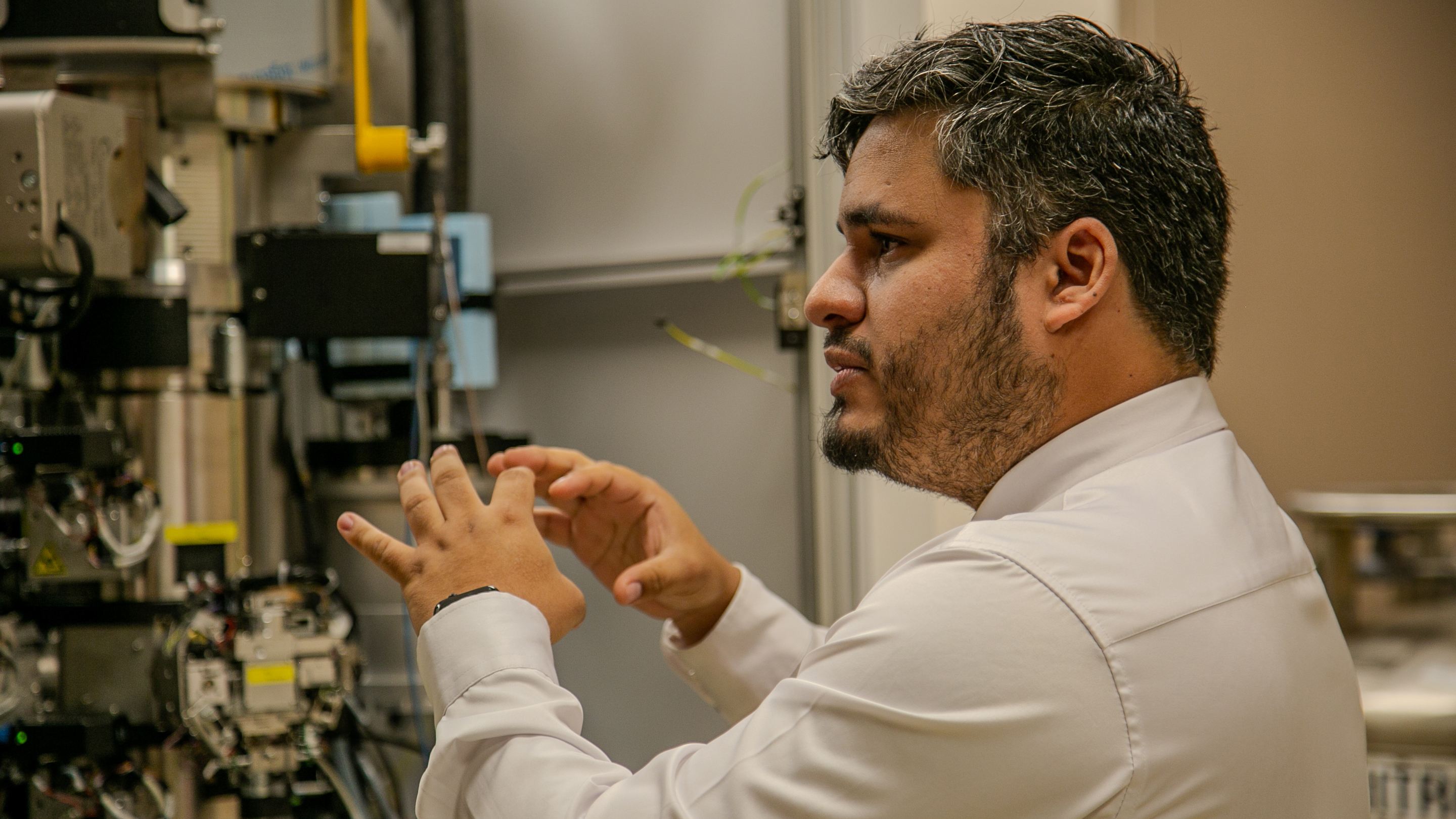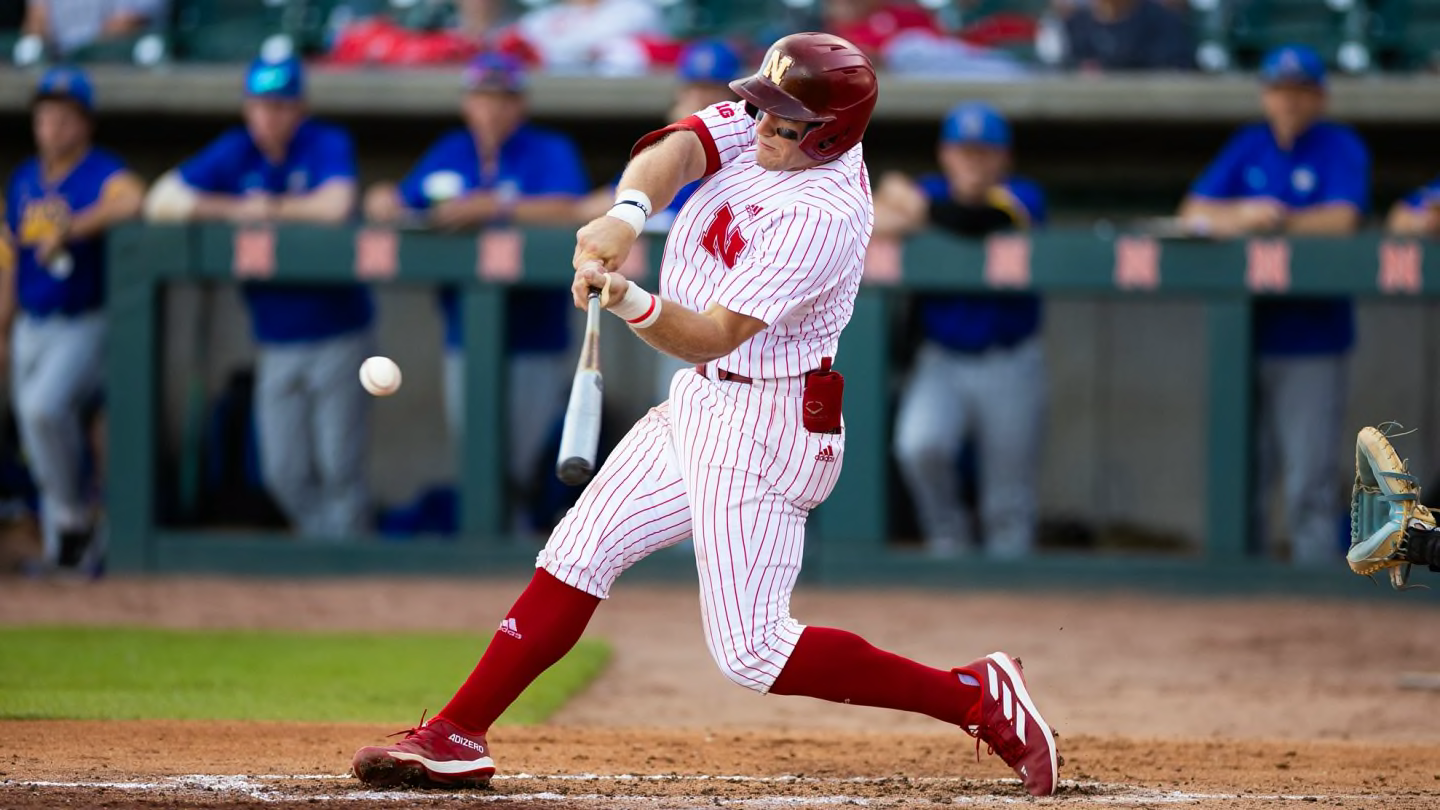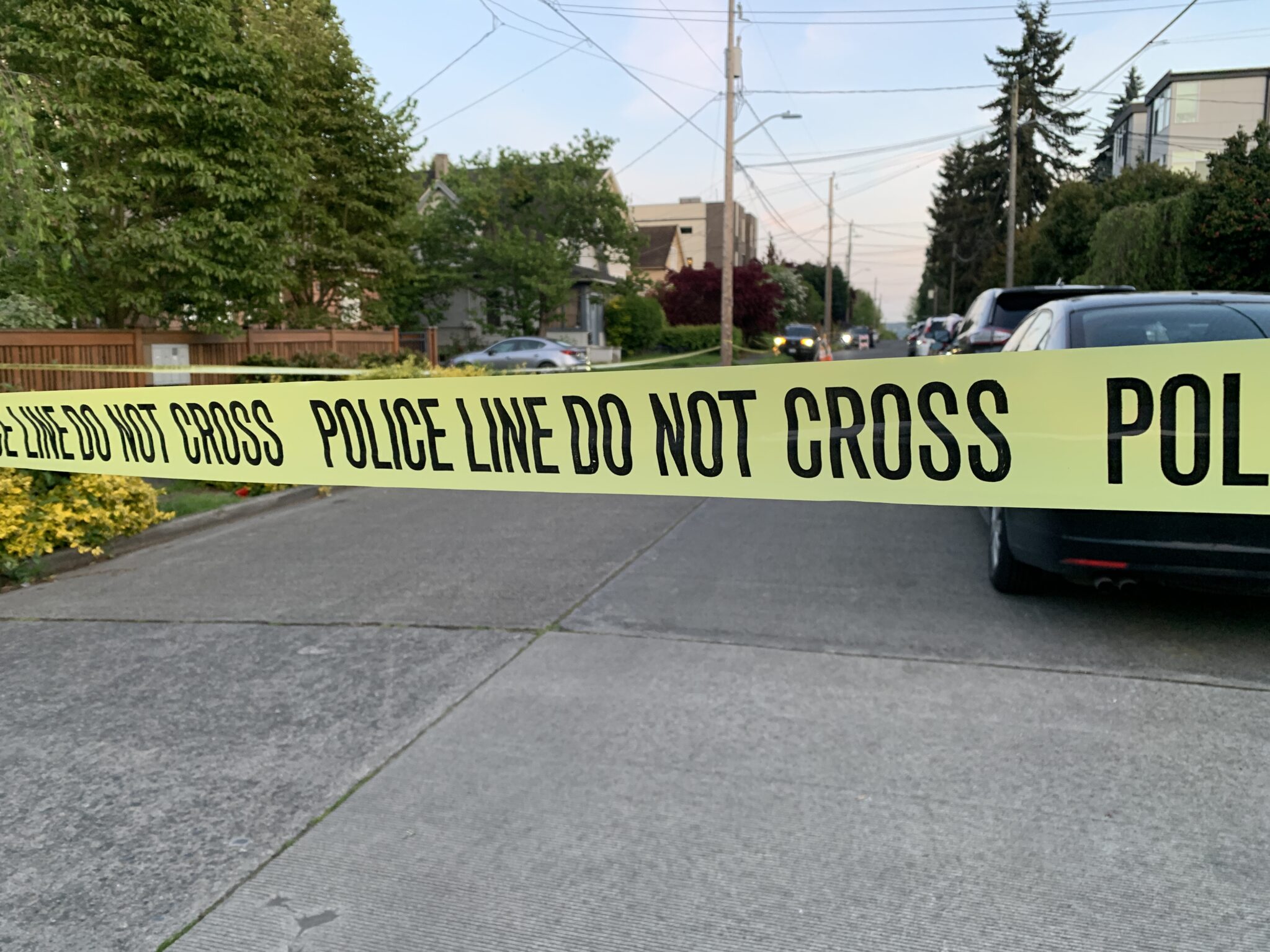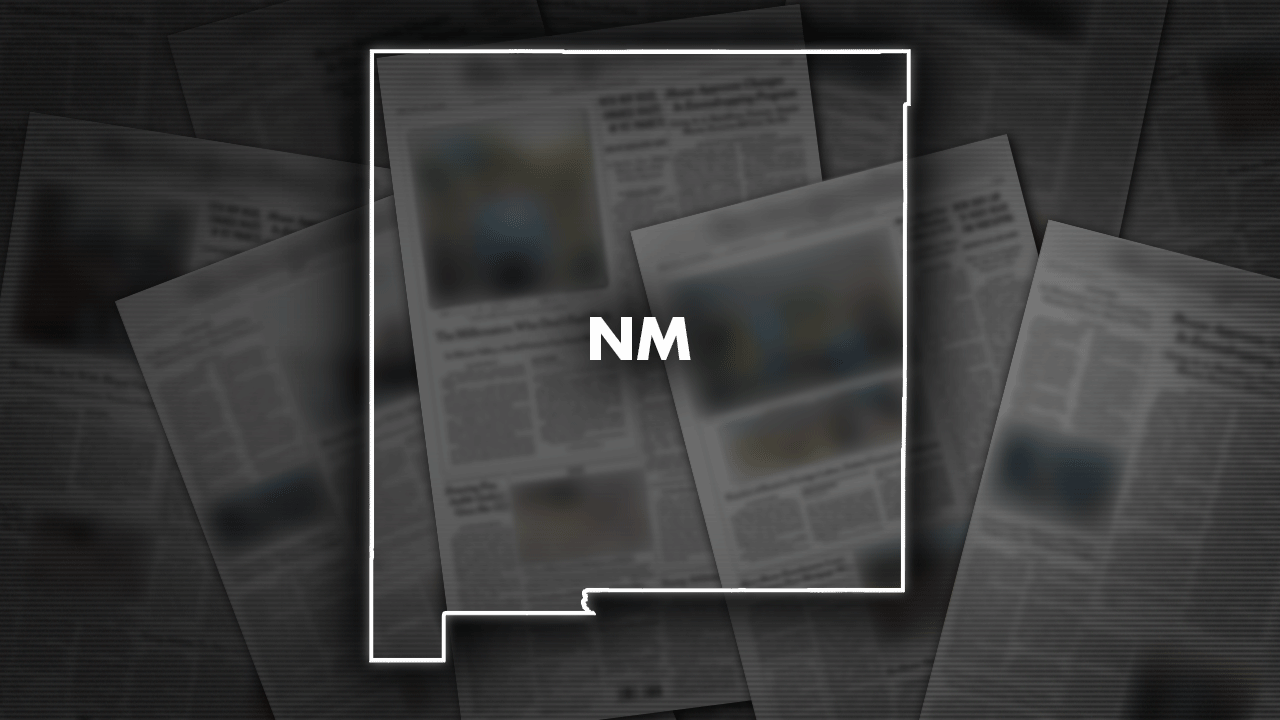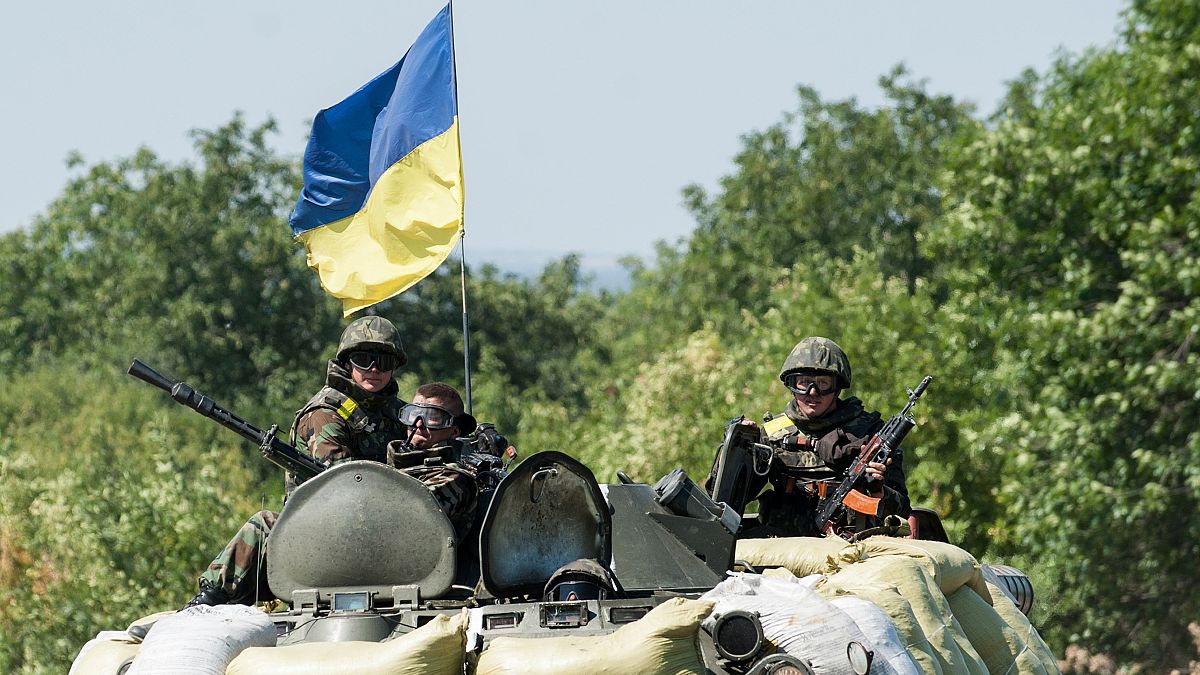A new University of Nebraska–Lincoln core research facility shows promise to revolutionize how Nebraska scientists understand molecular foundations and bolster the university’s expertise in the biomedical and agricultural sciences.
The CryoEM Core Facility houses the state’s first cryo-electron microscope, and it is one of just a handful in the region. CryoEM microscopy is a powerful imaging technique that enables researchers to observe biological molecules, complexes and cells at near-atomic resolution.
Although the technology has existed for several decades, advancements in recent years have turned it into a leading tool for research in drug discovery and development, plant biology, infectious diseases, pathology, animal science and more.
Cryo-EM technology enables biological samples to be cooled to cryogenic temperatures — at least negative 153 degrees Celsius. This ultra-cold environment preserves the structure and function of biological specimens more effectively than traditional methods, making cryo-EM ideal for preserving proteins and providing a stable, controlled environment for working with biological samples.
UNL’s CryoEM Core Facility began operations March 19, with eight research groups already using the core. It is expected to strengthen UNL’s research collaborations with the other University of Nebraska institutions and attract new partnerships with other universities and companies across the Midwest, said Sherri Jones, interim vice chancellor for research and economic development.
“We are paving the way for transformative discoveries and research that advance the state of Nebraska, the nation and the world. … This is just the beginning of discoveries to come,” Jones said during a May 6 grand opening celebration.
There are currently three national cryo-electron microscopy centers in the United States, in California, Oregon and New York. UNL has already launched a partnership and training pipeline with one of those centers — the Pacific Northwest Center for Cryo-EM — which is expected to bolster UNL’s connection to national labs in the future.
Mark Button, dean of the College of Arts and Sciences, said the official grand opening marked “a great day for the advancement of science in the state of Nebraska.”
Button, along with other college and unit leaders, emphasized that teamwork was the key ingredient in opening the facility.
In September 2021, the Nebraska Center for Integrated Biomolecular Communication, known as CIBC, identified a need for cryo-EM capabilities to expand the university’s biomedical research capacity. Jim Takacs, professor emeritus of chemistry and then-director of CIBC, offered to allocate funding from the center’s National Institutes of Health Centers of Biomedical Research Excellence award to jump-start the effort.
From there, the Office of Research and Economic Development surveyed the campus to understand which research groups would use cryo-EM instrumentation if it became available. The Institute of Agriculture and Natural Resources’ Agricultural Research Division; College of Arts and Sciences; and College of Engineering indicated strong interest and provided financial support.
“What makes UNL a special place is that we are able to bring people together to do great things that can’t be done by any group alone,” Button said.
Lance Pérez, dean of the College of Engineering, said Wei Niu is an example of a faculty member who will use cryo-EM to advance her research program. Niu, associate professor of chemical and biomolecular engineering, is developing enzymes for building manmade molecules for use in industrial and commercial chemicals. She is using clean energy sources instead of the petroleum-based products that are typically used as raw materials.
Nebraska “punches way above its weight and can do big things” when faculty from across disciplines work together, Pérez said.
Other examples of how Husker researchers plan to leverage the core facility:
- Shi-Hua Xiang, associate professor of veterinary medicine and biomedical sciences and a member of the Nebraska Center for Virology, is developing inhibitor drugs to treat the Ebola virus. CryoEM can help virologists visualize how drugs structurally bind to receptors, which could lead to significant advancements in drug design and development.
- Joseph Yesselman, assistant professor of chemistry, designs three-dimensional RNA nanostructures and nanomachines. CryoEM can be used to resolve RNA nanostructures at atomic-level resolutions. His lab is already collecting preliminary data on one of the structures it is studying.
- Kurt Piepenbrink, assistant professor of food science and technology, studies how bacteria use extracellular structures to interact with their environment. Piepenbrink plans to work with the CryoEM Core Facility to determine the structural and functional relationships for large biomolecular complexes, especially those that are not compatible with traditional determination techniques such as X-ray crystallography and nuclear magnetic resonance spectroscopy.
Tala Awada, associate dean and associate director of the Agricultural Research Division, said cryo-EM capabilities would expand ARD’s research capacity in plant and animal health, while supporting training of the next generation of scientists and innovators.
“It is a testament to the faculty’s vision … and the campus rallied around them,” she said.
The Nebraska Center for Biotechnology provides day-to-day oversight and management of the core facility. In addition to CryoEM, the center houses four other core facilities and has a track record of success in managing life sciences research cores, said Jen Nelson, assistant vice chancellor for research and research integrity officer.
Center director Daniel Schachtman and Shelly Cutsor, director of research finance and information systems, oversaw renovation of the Ken Morrison Life Sciences Research Center, where the core facility is housed. The renovation opened space for high-throughput equipment, including a 200kV Glacios Cryo-EM Transmission Electron Microscope, a Falcon4i electron detector camera, aberration-free image shift and fringe-free imaging.
To store the massive amounts of data generated, Schachtman’s team worked closely with the Holland Computing Center and the University of Nebraska’s Information Technology Services to develop a sophisticated system for data storage and processing.
Schachtman also hired the core facility’s first director, Eduardo Romero Camacho, who joined the university in 2022 and had a pivotal role in the Morrison Center renovation and equipment installation.
Jiantao Guo, professor of chemistry and CIBC director; Mark Wilson, professor of biochemistry; and Limei Zhang, associate professor of biochemistry, provided scientific vision and oversight throughout the project. The CIBC External Advisory Committee shared input on how to establish the core facility, including instrumentation and staffing.
Jones thanked the university leaders who supported the project.
“Acquiring cutting-edge equipment is part of UNL’s role as the state’s Big Ten research institution. Equipment investments are crucial to positioning our faculty for grants and awards success; recruiting talented researchers and students; and offering our students high-quality research experiences.”

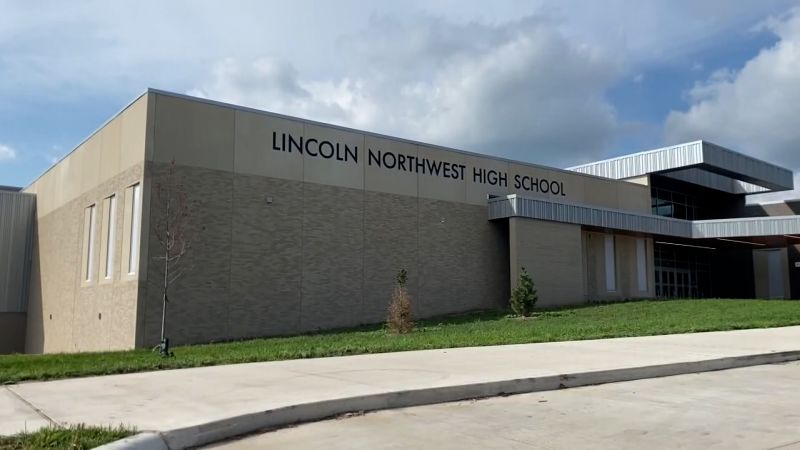


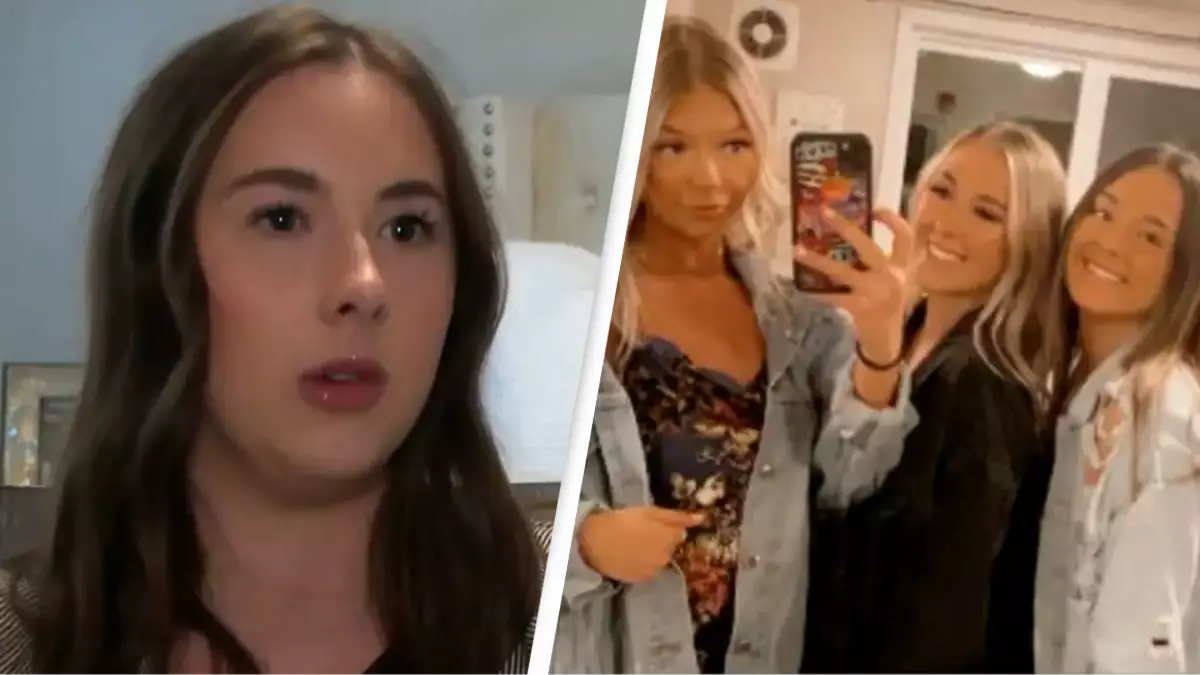
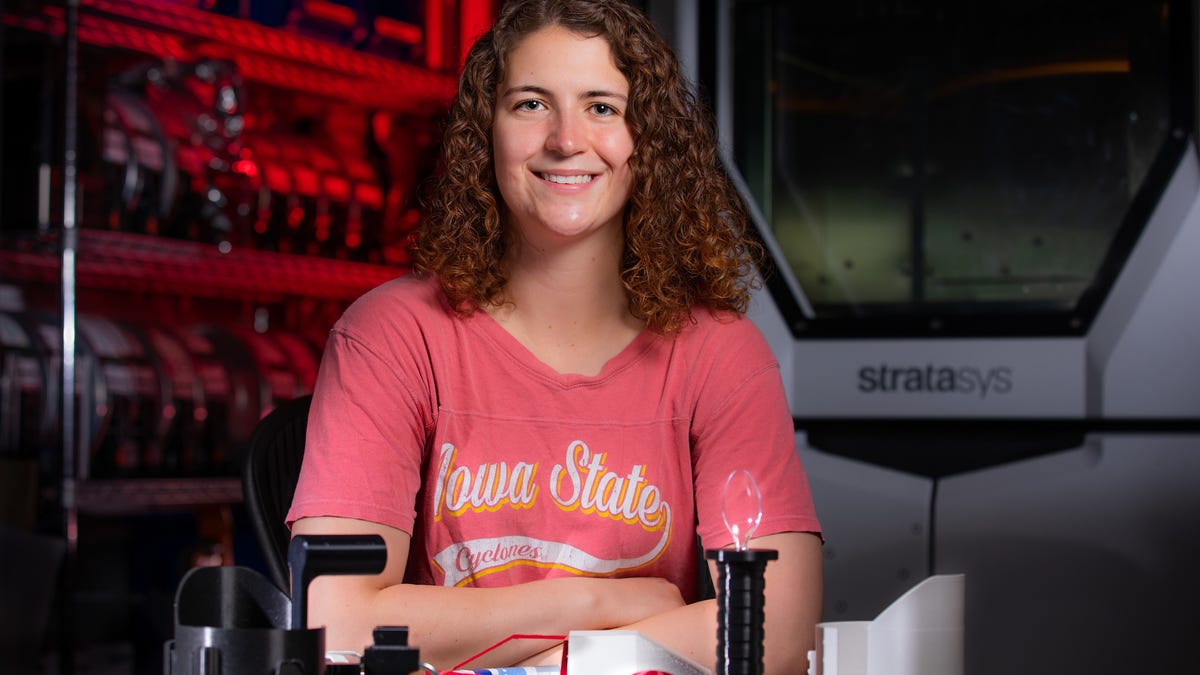

:quality(70):focal(2000x1990:2010x2000)/cloudfront-us-east-1.images.arcpublishing.com/shawmedia/E3DDLQXGBRAF7BX2L2DH3Y6DKY.jpg)
